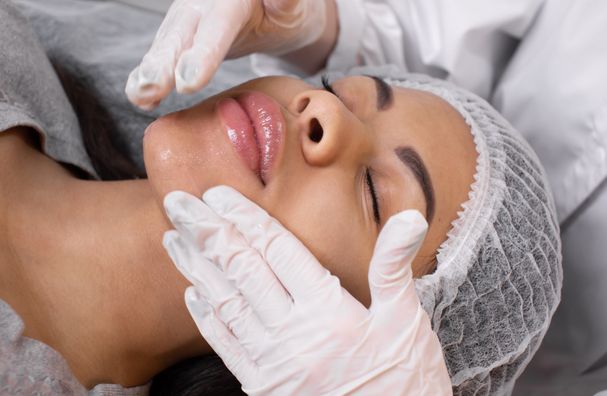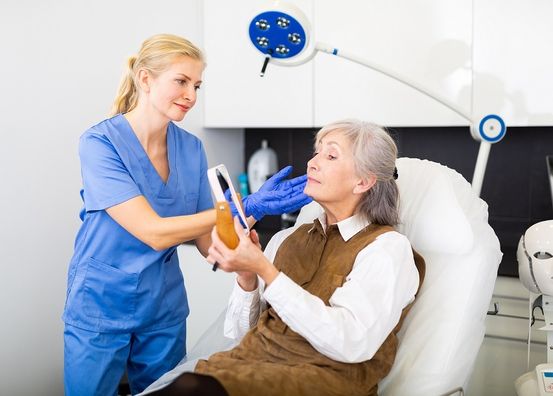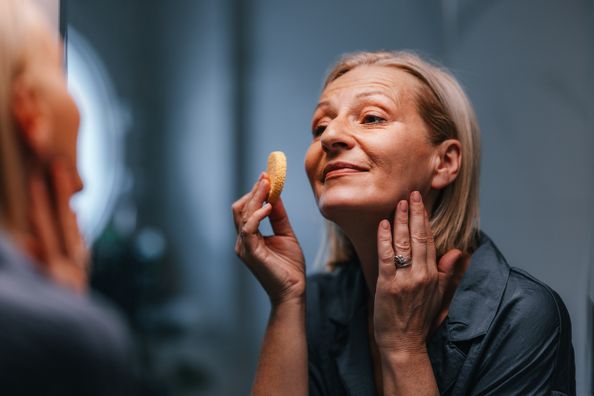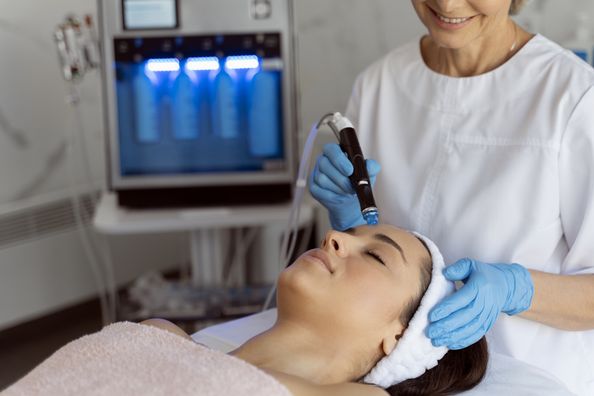Taking care of your skin is essential to maintaining a healthy, glowing complexion. Regular facials with a licensed esthetician are one of the most effective ways to keep your skin looking and feeling its best. Let’s dive into what a facial is, how it benefits your skin, and how the licensed estheticians at Duly Aesthetics can help you achieve a radiant, youthful glow.
What is a Facial?
A facial is a multi-step skincare treatment designed to cleanse, exfoliate, and rejuvenate your skin. It’s one of the most fundamental parts of any skincare routine and can be tailored to meet your specific skin needs — whether you have oily, dry, sensitive, or acne-prone skin. During a facial, an esthetician uses a combination of techniques such as cleansing, exfoliating, extracting impurities, and applying hydrating or corrective treatments.
Curious about which facial is right for you? Schedule a free personalized skincare consultation with one of our expert estheticians at Duly Aesthetics today and discover the ideal treatment for your skin type.
Benefits of Facials
Each step of a facial serves a specific purpose in maintaining your skin’s health:
- Cleansing: The facial begins with a deep cleanse to remove makeup, dirt, and impurities from your skin’s surface. This helps prepare your skin for the rest of the treatment and ensures better absorption of any products applied later.
- Exfoliation: Next, your esthetician will gently exfoliate your skin to slough off dead skin cells and unclog pores. This step promotes a brighter, smoother complexion and helps address common concerns like blackheads and uneven skin texture.
- Extractions: If needed, your esthetician will perform extractions to clear clogged pores and prevent breakouts. When done professionally, extractions can be done without causing damage or scarring.
- Facial Massage: A relaxing facial massage stimulates blood circulation and promotes healthy skin cell regeneration, leaving your skin looking revitalized and refreshed.
- Mask & Moisturization: Your treatment will conclude with a customized mask — whether hydrating, calming, or purifying — followed by the application of a targeted serum or moisturizer to lock in the benefits of the facial.
Best Facials Near You
Our team of highly trained estheticians specializes in personalized skincare treatments designed to help you achieve your healthiest, most radiant skin. From Hydrafacials and DiamondGlow treatments to acne facials, we offer a wide range of services tailored to your skin’s needs.
Explore some of our favorite facial services at Duly Aesthetics >
Personalized Skincare for Every Need
At Duly Aesthetics, we understand that no two complexions are the same. That’s why we offer customized facials designed to target your specific concerns — whether it’s acne, dryness, fine lines, or dullness. During your free skincare consultation, our estheticians will assess your skin and recommend the best facial treatment for your goals.
Don’t wait to give your skin the care it deserves. Book your free skincare consultation with Duly Aesthetics and start your journey to glowing, healthy skin today.
Health Topics:







